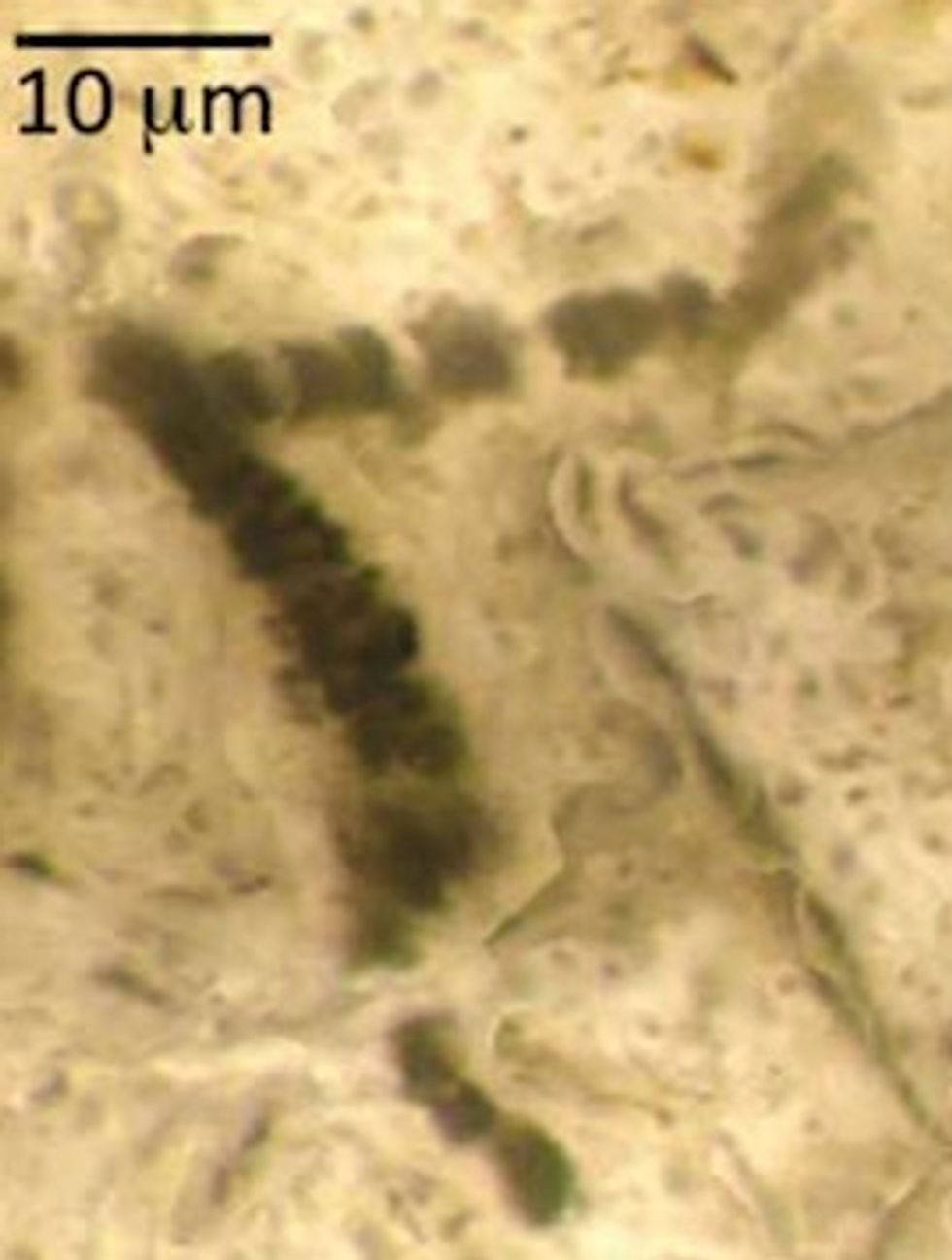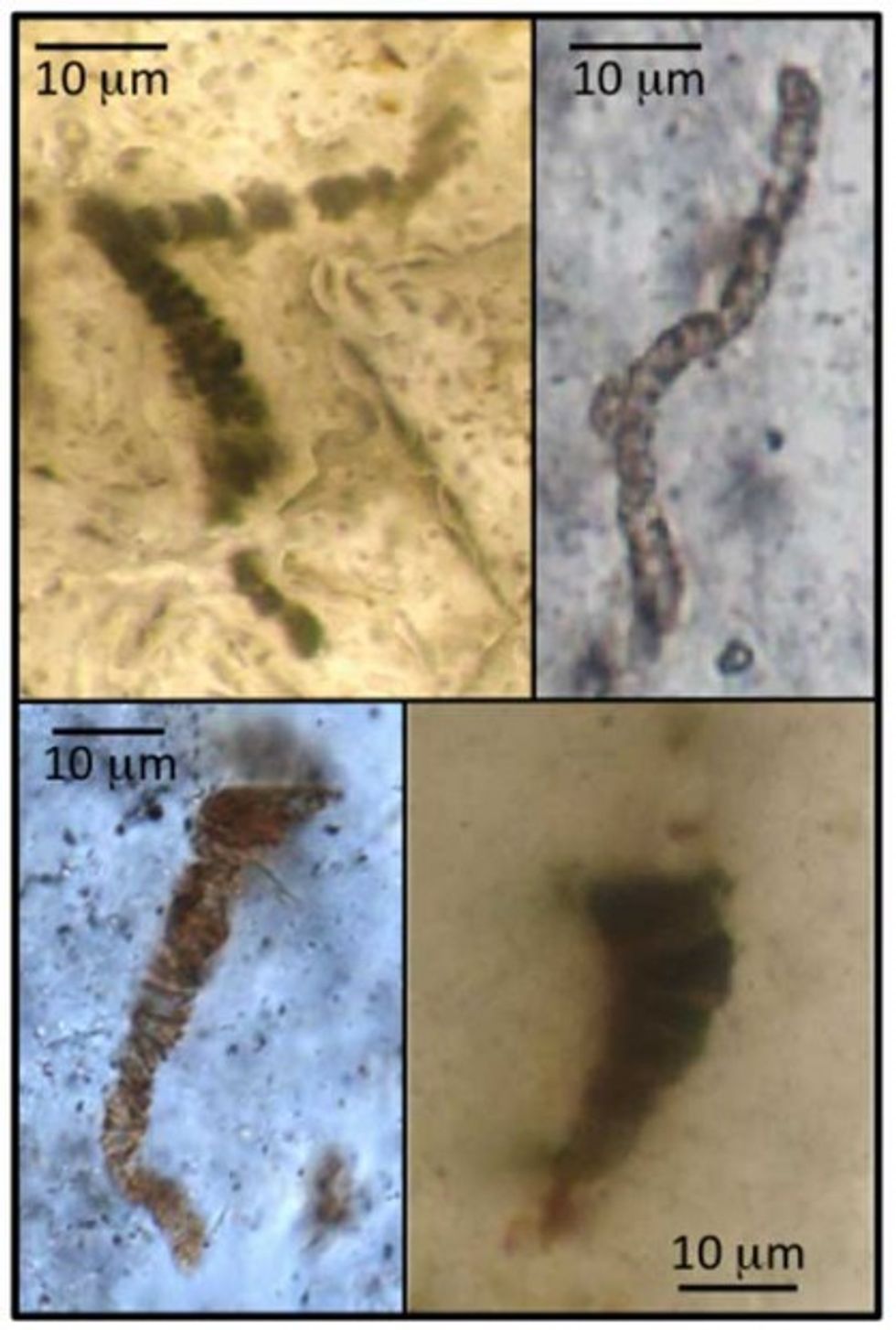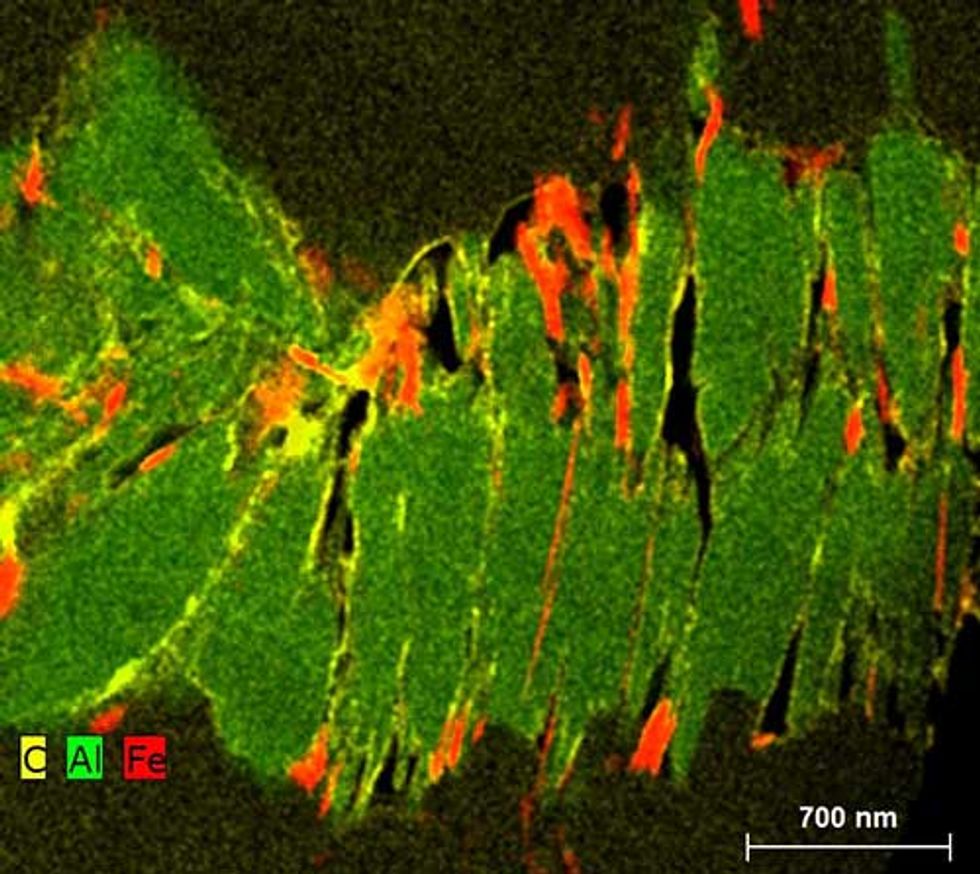
© 2025 Blaze Media LLC. All rights reserved.
Those 3.46-Billion-Year-Old 'Fossils' Thought to Be the Oldest Evidence of Life on Earth? Not So Fast
April 21, 2015
"A false appearance of cellular compartments."
Fossils that were said to be some of the oldest evidence of life on Earth turned out to not be life at all.
New research from University of Bristol finally lays to rest the decades of debate over whether "microfossils" found in 3.46-billion-year-old rock were once alive or not. The university researchers found that the Apex chert fossils described in the early 1990s in Western Australia were formed by minerals.

The samples were first described by Bill Schopf in 1993 as carbon-rich filaments, similar to bacteria. By 2002 though, the conclusion that these were once life-forms was called into question by Martin Brasier. Brasier argued that the sedimentary rock where the fossils were found was more complex and part of a hydrothermal vein that helped create pseudofossils through the "redistribution of carbon around mineral grains during these hydrothermal events," the university's news release stated.
Bristol's Dr. David Wacey collaborated with Brasier on a new technique that analyzed the structure of the Apex chert microfossils, confirming that carbon was "absorbed onto the edges of these minerals during the circulation of hydrothermal fluids, giving a false impression of carbon-rich cell-like walls."

"It soon became clear that the distribution of carbon was unlike anything seen in authentic microfossils," Wacey said in a statement. "A false appearance of cellular compartments is given by multiple plates of clay minerals having a chemistry entirely compatible with a high temperature hydrothermal setting."
The Apex chert fossils were compared to other authentic microfossils and were found lacking "coherent, rounded envelopes of carbon." They instead had a "spiky morphology, evidently formed by filaments of clay crystals coated with iron and carbon."
Brasier died in December 2014 but prior to his death said that the research provided "a closing chapter for the ‘Apex microfossil’ debate."
The research and debate that went into the Apex chert microfossils, he said, refined techniques that could be used to search for life in space.
The findings were published this week in the Proceedings of the National Academy of Sciences.
(H/T: Science Daily)
—
Front page image via University of Bristol.
Want to leave a tip?
We answer to you. Help keep our content free of advertisers and big tech censorship by leaving a tip today.
Want to join the conversation?
Already a subscriber?
more stories
Sign up for the Blaze newsletter
By signing up, you agree to our Privacy Policy and Terms of Use, and agree to receive content that may sometimes include advertisements. You may opt out at any time.
© 2025 Blaze Media LLC. All rights reserved.
Get the stories that matter most delivered directly to your inbox.
By signing up, you agree to our Privacy Policy and Terms of Use, and agree to receive content that may sometimes include advertisements. You may opt out at any time.


